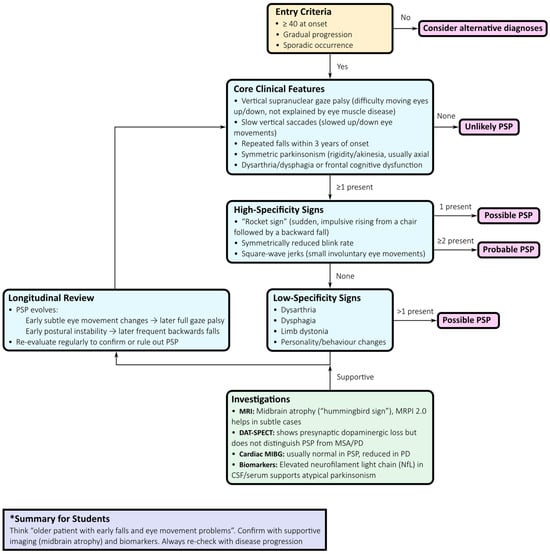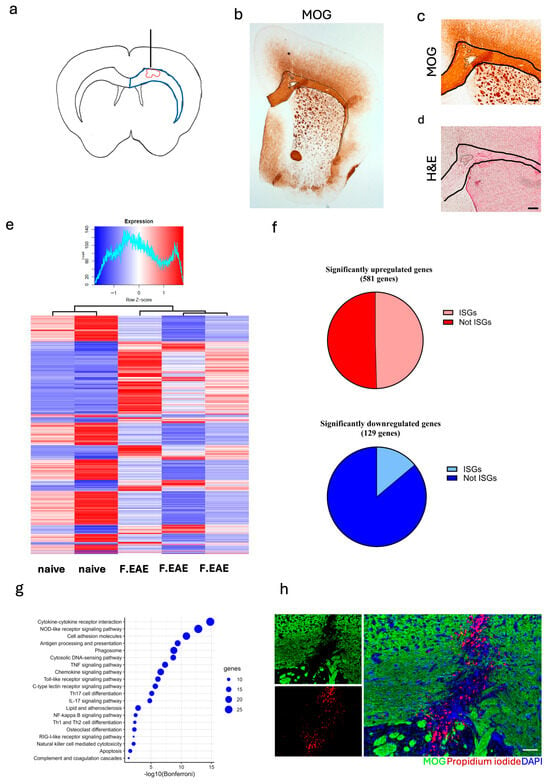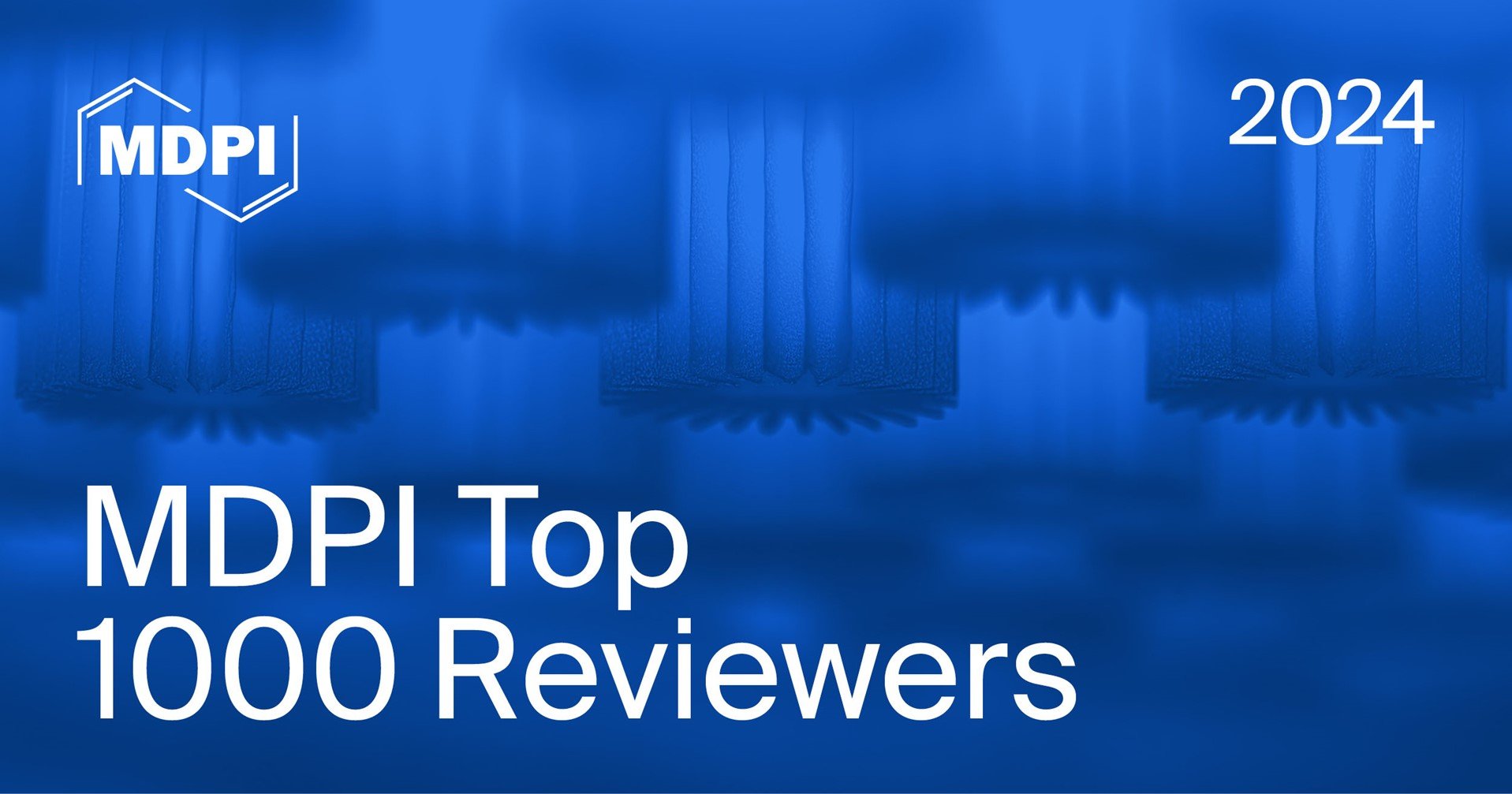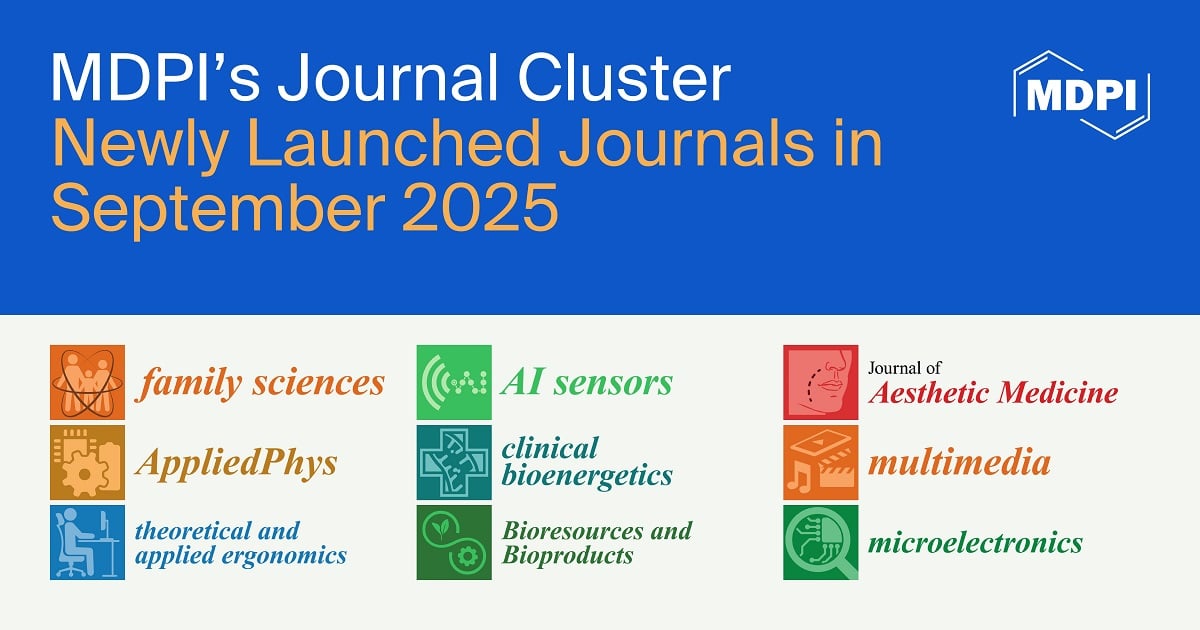-
 A Confirmatory Factor Analysis of the Dementia Attitude Scale (DAS) in a European Case Series of Caregivers of People with Dementia Enrolled in the RECage Study
A Confirmatory Factor Analysis of the Dementia Attitude Scale (DAS) in a European Case Series of Caregivers of People with Dementia Enrolled in the RECage Study -
 Limited Evidence to Review—Is There an Association Between Cognition and Upper Extremity Motor Reaction Time in Older Adults?
Limited Evidence to Review—Is There an Association Between Cognition and Upper Extremity Motor Reaction Time in Older Adults? -
 Hippocampal Volumetric Changes in Astronauts Following a Mission in the International Space Station
Hippocampal Volumetric Changes in Astronauts Following a Mission in the International Space Station -
 Electrodiagnostic Evaluation of Meralgia Paresthetica
Electrodiagnostic Evaluation of Meralgia Paresthetica
Journal Description
NeuroSci
- Open Access— free for readers, with article processing charges (APC) paid by authors or their institutions.
- High Visibility: indexed within ESCI (Web of Science), PMC, PubMed, EBSCO, and other databases.
- Rapid Publication: manuscripts are peer-reviewed and a first decision is provided to authors approximately 27.1 days after submission; acceptance to publication is undertaken in 4.9 days (median values for papers published in this journal in the first half of 2025).
- Recognition of Reviewers: APC discount vouchers, optional signed peer review and reviewer names are published annually in the journal.
- Journal Cluster of Neurosciences: Brain Sciences, Neurology International, NeuroSci, Clinical and Translational Neuroscience, Neuroglia, Psychiatry International, Clocks & Sleep and Journal of Dementia and Alzheimer's Disease.
Latest Articles
E-Mail Alert
News
Topics
Deadline: 5 November 2025
Deadline: 10 December 2025
Deadline: 31 December 2025
Deadline: 31 January 2026
Conferences
Special Issues
Deadline: 31 December 2025
Deadline: 31 December 2025
Deadline: 31 January 2026
Deadline: 31 March 2026



























